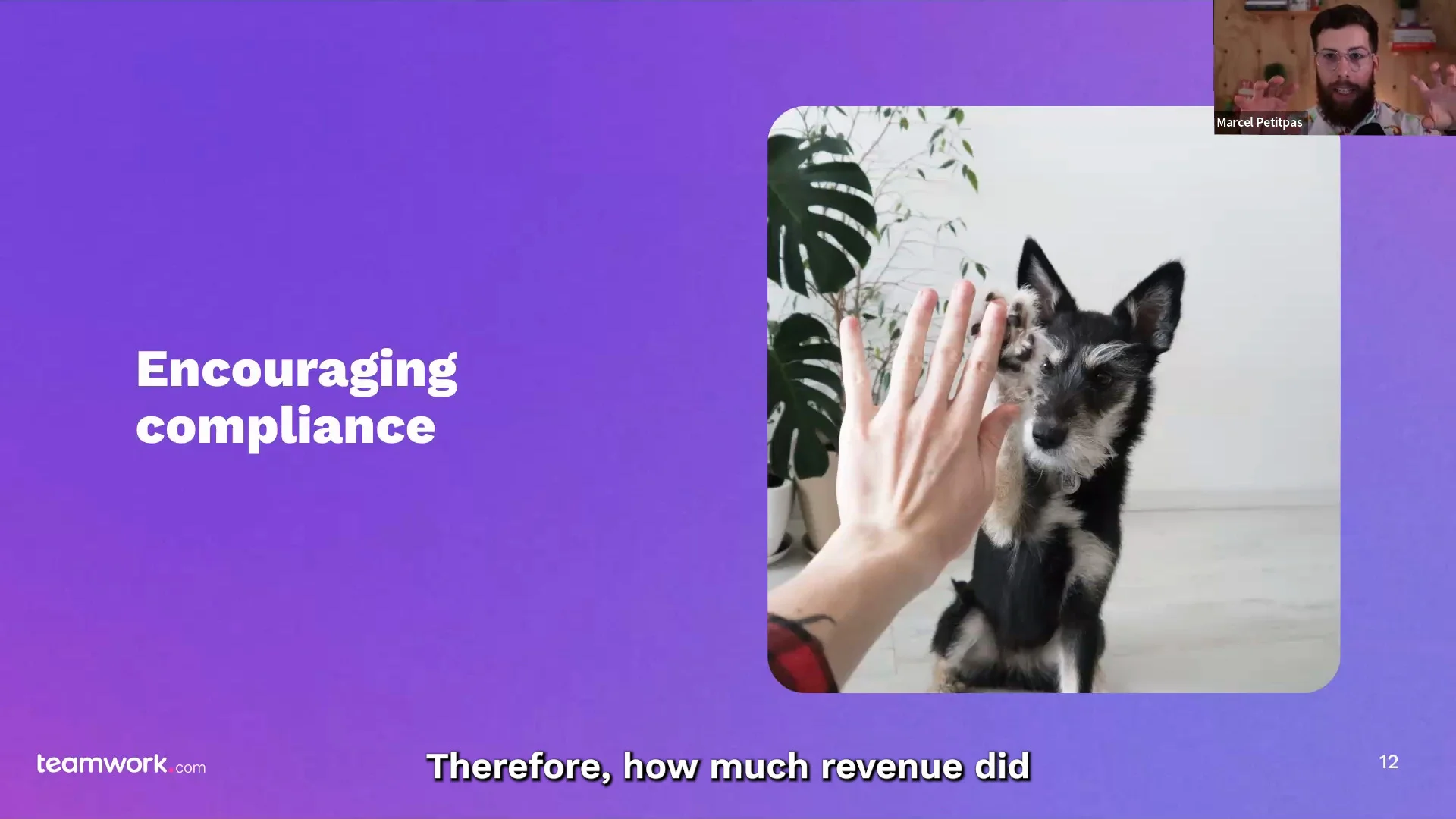We recently had the pleasure of sitting down with Marcel Petitpas, Co-Founder and CEO of Parakeeto, to unpick his surefire time-tracking framework for agencies.
If you’re an agency leader who has ripped up your time-tracking methodology and thrown it out the proverbial window (let’s face it, who hasn’t?) then this blog is for you.
Time-tracking is notoriously difficult to get right, but with Marcel’s guidance and the right tools in place, it really doesn’t have to be.
Before we dive into the meat of the conversation, here's what Marcel's four-part framework actually looks like.
Step 1: Clearly define your purpose for time-tracking. Why are you doing it, and what questions do you need to answer?
Step 2: Find the appropriate structure that maps back to your estimates, and that has the appropriate level of complexity to answer those questions.
Step 3: Define the correct methodology for your team. There’s no one-size-fits-all approach for time-tracking.
Step 4: Encourage team compliance so they can provide you with what you need, and contribute to the integrity of your data set.
Want to understand how to implement these steps with ease? Read on and then watch the webinar to get all the insights!
Time tracking is your most important set of data
Here’s an analogy for you.
If you met a restaurant owner and found out they had no idea what it costs to make a dish, you would probably think that was a pretty insane and irresponsible way to run their business.
Unfortunately there are plenty of agency owners who are doing exactly the same thing. And it begs the question, how can anyone run a successful professional services firm without knowing the cost of their key ingredient: time?
Marcel believes that part of the problem lies in how agencies perceive the objectives of time-tracking:

The takeaway: Agency owners need to reframe the purpose of time-tracking to focus on what’s happening internally as well as how it impacts clients and profitability. When done correctly, time-tracking can help you make more intelligent decisions about everything from how you price and run projects, to how you schedule your team, and even how you spend your day.
If you track everything all at once, you’ll end up tracking nothing of value
Some of us will recall a time in professional services when the primary billing model was time and materials. Everybody billed by the hour, and the goal was to bill for as much time as possible. Remember those long hours and weekend work in ‘90s and early 2000s?
Thankfully times have changed. And with this, so must the way we track and analyze time.
“In the last two decades, we’ve seen the industry change a lot,” says Marcel. “We’ve seen the labor market shift to a much more balanced place where there’s a greater emphasis on work-life balance. There’s also a lot more competition, which has led to agencies specializing and niching down. This has resulted in more firms adopting flat rate or value-based pricing models, and fewer and fewer doing time and materials billing as the predominant way of working with clients.”
Time-tracking is no longer just a function of billing by the hour and driving utilization up as high as possible. It's a lot more nuanced and will likely mean different things to different stakeholders in your business.
According to Marcel, this is where agencies can get into a lot of trouble because they’re suddenly trying to track everything all at once.
“It’s a slippery slope. All of a sudden, we start to change the definition of what someone’s capacity is or what a billable hour means to satisfy all of the different needs from different stakeholders. And we end up with a Frankenstein metric that’s doing a terrible job instead of doing a good job for at least one person.”
The takeaway: Don’t base your time-tracking methodology on the specific requirements of every stakeholder and individual team. Instead, have conversations with your teams to understand what the common questions are, and then develop your framework around those.
3 key data points to track: forecasting, utilization rate, and average billable rate
If your agency is guilty of trying to measure too much when it comes to time-tracking, you may benefit from stripping things back to focus on what really matters.
If that sounds like you, here are three simple metrics that Marcel believes you should be tracking to get a better (and less stressful) handle on your agency’s time management.
“For me, time-tracking is about understanding where the largest cost in the business is – which is labor – where that’s being allocated, and how it’s influencing profitability. That leads into three important things: forecasting, utilization, and average billable rate. Everything else is secondary to those.”
“Forecasting is about helping you to get more accurate and consistent with predicting how much client work you’re going to have in the future, as well as how much capacity you’re going to have. Second to that is measuring whether or not your predictions were accurate, which is a function of measuring utilization rates and average billable rates.”
The takeaway: Simplify your time-tracking methodology to focus on three key metrics: forecasting, utilization rate, and average billable rate. The first one enables you to look into the future and make assumptions, and the last two help you to check the validity of those assumptions against reality.
Accuracy is more important than precision

Accuracy trumps precision. Every time.
Why? Because in the pursuit of perfection, you’ll likely lose out on the most important aspect of time-tracking: maintaining team compliance.
Marcel adds: “Project managers start to think they have to track everything, and they try to make everything structured data. So now there’s 87 categories that everyone has to choose from every time they log an entry. They’re constantly having to fight with their teams to get timesheets in because it’s too much work. It’s too arduous and requires too much thinking. The result is that we have very precise data but it’s not complete.”
Marcel has a very simple solution to this problem: access unstructured data when you need it, rather than tracking everything just in case you do need it.
“Many people make the mistake of carrying all this operational complexity with them and not considering that this is going to add dozens of hours a month to our operational process when I might only need to spend 30 minutes a year answering that question in a moment in time.”
The takeaway: Precision and accuracy are not the same thing. Don’t fall into the trap of trying to be too precise with your time-tracking methodology – it usually results in time wasted and incomplete data. Consider stripping back the structured data you track, and access unstructured data inside your project management system when you actually need it.
Engage your team in conversations around time-tracking
The harsh truth is that you can have the best methodology and system in place to track time, but if your teams aren’t fully onboard with the process then you’ll be left with data that is at best incomplete, and at worst pretty useless.
Beyond structuring your data to make it as easy as possible for employees to complete their timesheets, there are some really simple ways Marcel believes you can encourage team compliance:

The takeaway: Engaging your teams in the process will help them to see how their timesheets are helping you make decisions around things that affect their day-to-day – from capacity planning to staffing and selling decisions.
Want more crucial insights into agency time-tracking strategies and best practices? Watch the webinar now!
Time-tracking is your agency’s most valuable set of data – helping you to be more efficient, scalable, and predictable. But it’s only useful when the data is being collected accurately and by everyone.
Watch the webinar on-demand to learn more about Marcel’s time-tracking framework, and how you can use Teamwork.com to implement a methodology that’s simple, effective, and works for everyone.
)
)
)
)
)
)
)
)
)
)